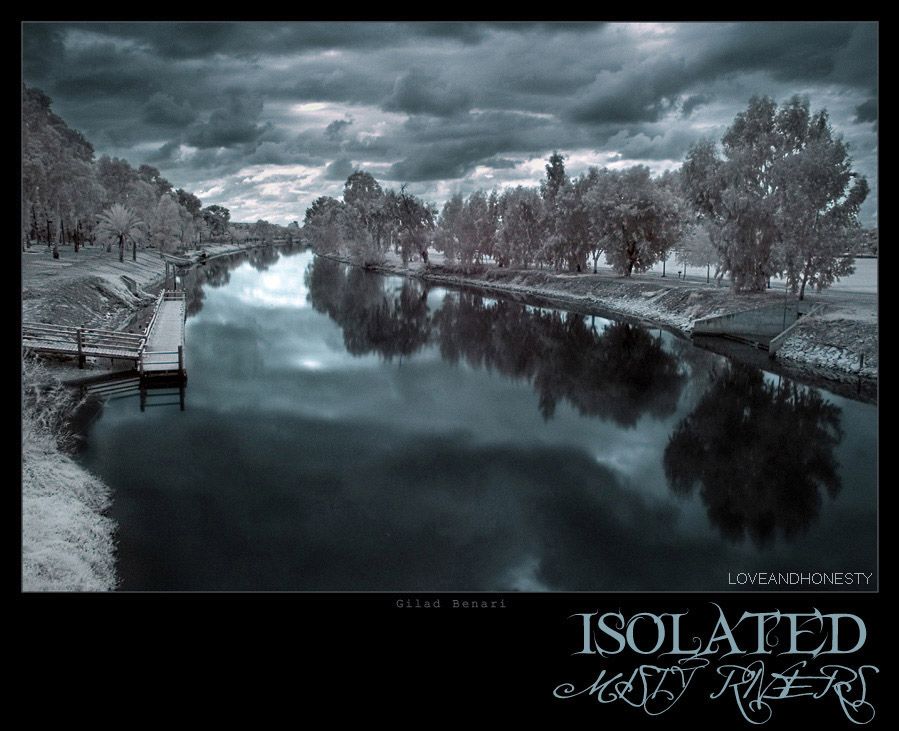Tuesday, August 26, 2008
~ Tuesday, August 26, 2008 ~
Ah yes! Welcome to the blog which we build using our hands I mean our computers. This blog was made especially for the Iyor 2008 in support for conserving the great coral reefs! You must be thinking what the hack this coral reefs are. Besides you must have lived half your life not knowing what these things are. Well I’m not blaming you but its time you learned something bout them or you will really be wasting your time reading this now. You see, coral reefs are important habitats for thousands of species of marine life. Not only do these skeletal things provide shelter for the underwater species, orals are also at the base of the food chain and they provide food for the rest of the reef community which include commercial, recreational and subsistence fisheries. Coral reefs are also an important focus of tourism to tropical places. Imagine going scuba diving and you get the shock of your life when you tour guide points to you something like a thousand dulled colored mosses and says that those are coral reefs. Pretty shocking A? Well, you get the idea. Coral reefs harbor thousands of marine species and we can learn a great deal about our living world by studying these species. Research on reef organisms has provided insights into human reproductive cycles and potential cures for cancer as well as the large-scale cycling of carbon which may control climate change. Of course the most important value of coral reefs is the beauty and wonder they provide for us everyday. Reefs are an endless source of personal inspiration and must be preserved for future generations.
Source: UNKNOWN :)
The reefs in the world NEED OUR help!!
Thursday, August 7, 2008
~ Thursday, August 07, 2008 ~

Coral Reefs make up less than 0.2 % of the world's oceans, mostly in tropical areas, yet are the home of over one forth of all marine life. Over 1 million species of fishes and invertebrates make their homes and feed off of the coral reef system. Coral reefs provide food for animals and ultimately for us because we eat those animals. The tiny creatures that make coral feed by filtering the water, which is why water is usually so clear where reefs are located. Coral have other organisms living inside them in a form of symbiosis. The green *zooxanthella gets protection in exchange for food, which it can create the same way plants do. Corals create massive outer structures at a rate of one inch a year of hard limestone providing homes for sea creatures and buffering coastal areas from storms. The result is a beautiful reef packed with diverse life, built slowly over the course of centuries.
Unfortunately, we seem to be doing our best to destroy all that. Reefs, being the oasis for life in the ocean, tend to be over the best fishing paradise, sometimes by using dangerous fishing methods involving explosives or cyanide poisoning. Sewage and agricultural run-off into the coastal areas promote algae blooms, where masses of the single celled plant-like organisms float on top of the water, preventing coral from getting the sunlight it needs to supplement its food. Without light, the corals will eventually die off. To make matters worse the very people who find the reefs so attractive often cause damage as well. Breaking off pieces of coral for souvenirs, treading on live coral with swim fins, and dragging anchors across the reefs are all taking their toll on the health of the coral reef system.
Any one of these aspects might be able to be tolerated alone, but in combination they are taking a disastrous toll on the coral population. A coral reef is built by a living creature, taking several years to build height and when these corals are stressed they often fall prey to disease. Bacteria can kill the coral and cause it to lose its color. This is known as coral bleaching. Some coral bleaching also occurs during high temperature which also stress the creatures. 16% of reefs were lost due to the El Nino phenomenon warming the oceans. In totality over 27% of all reef structure is lost. Some may be able to recover, but structural damage from blast fishing and tourism can take decades. Those infected by disease may not recover at all.
* any of various symbiotic dinoflagellates that live within the cells of other organisms (as reef-building coral polyps)
source
The reefs in the world NEED OUR help!!
Saturday, August 2, 2008
~ Saturday, August 02, 2008 ~

Ever wondered what the world's largest reef is? The Great Barrier Reef is the largest reef on Earth at the present day! It can even be seen in space.Stretching over 2000 kilometers along the northeast coast of Australia, the Great Barrier Reef is the largest coral system that has ever existed. It is made up of about 2,900 reefs with at least 350 different species of coral, though only about six percent are coral reefs. Underlying sediments, twice as old as the reef itself, indicate that the region was once above sea level. Geological evidence shows that the reef began growing more than 25 million years ago.The reasons whhy it's so large and old is because of the very stable geological setting of the Australian platform, and the favorable oceanic circulation. Coral cannot exist at temperatures below 21° centigrade (70 ° Fahrenheit). The warmth of the waters of the Australian continental shelf varies little with depth because of the stirring action of the southeast trade winds. These winds pound the outer edge of the reef for nine months of the year, and this also keeps the reef supplied with seawater rich in the organic material needed by the growing coral.
Source
The reefs in the world NEED OUR help!!




